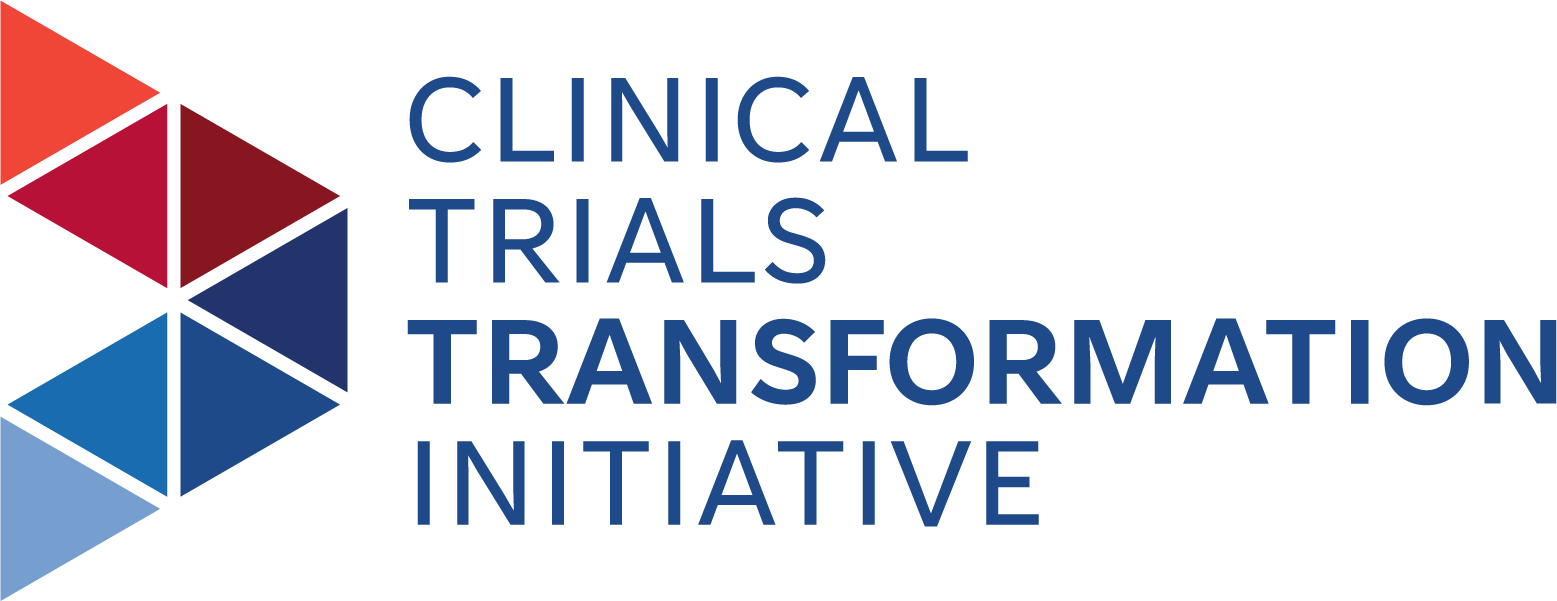Fight CRC Boosts Study Enrollment by Improving Patient Engagement
Fight CRC Applies CTTI's Patient Group Engagement Recommendations
SUMMARY
Fight Colorectal Cancer (CRC), a
patient advocacy organization, successfully partnered with patients to help them find relevant
trials ongoing in the research community-- a win-win development that would boost
trial enrollment while also empowering patients to take charge of their care
via participation in clinical trials of interest.
GOAL(S)
As the power of the patient voice to
drive better research is increasingly embraced, there is a growing wave of
individual patients who are willing to speak up, be engaged, and provide
insights to help the industry identify opportunities to improve both the
patient experience and care. From the bench to the bedside, individual patients
have the power to make a difference. One organization, Fight CRC, wanted to
harness this power by training people who've lived through CRC to engage in
research and take their knowledge and experiences into the research world.
CHALLENGES
In
2015, Fight CRC had an active community of patients and caregivers supporting
its organization, but no formal support and training program for building a
cadre of patient advocates and research participants. Many individuals who
voiced an interest in getting involved in research to move the needle on CRC
were left to blaze their own path forward and find ways to contribute.
Unsatisfied with this approach, the organization's founder developed a division
known as RATS (Research Advocacy Training and Support) to formalize a patient
advocacy program that would train and support interested individuals on how to
engage in the research process effectively, largely by sitting on study and
review committees for various organizations. As part of RATS, Fight CRC set out
to design a program for "clinical trial curators" that would help align
interested patients with relevant trials ongoing in the research community and
support the Fight CRC Clinical Trial Finder.
SOLUTION(S)
To
build its team of clinical trial curators for CRC, Fight CRC referenced CTTI's Patient Group Engagement (PGE) recommendations. The recommendations
highlight important roles for patient groups throughout all
stages of the process. These solutions also provide best practices that
sponsors, patient groups, and other stakeholders can use to ensure the
relationship is mutually beneficial.
TAKING ACTION
As CTTI notes in its first PGE recommendation,
effective patient engagement in research starts with building communication
pathways between patients and sponsors. That's why Fight CRC partnered with a
well-respected scientist who worked in the industry to provide the sponsor
perspective across the effort. The individual brought a unique voice as both a
stage IV CRC patient and a scientist and helped Fight CRC build a clinical
trial finder (pulled from ClinicalTrials.gov) that aligned with the needs
voiced by both the patient community and vision of the research community.
Along with a health technology services company, the scientist and Fight CRC
began to build a patient-facing tool that served as a central location for
late-stage CRC patients to find relevant trials in which they might
participate.
One of the first challenges the team
encountered was how to educate patients who would be curating clinical trials
into the tool. Even with an eight-month training program in place to build
awareness of the nuts and bolts of clinical trials, curators still often
struggled with the jargon, nuance, and ever-changing parameters of the clinical
research world. To mitigate this, Fight CRC set up regular online and in-person
meetings to air confusion and questions with the Fight CRC research advocacy
team. Through this forum, the team designed tools, educational materials, and
other documentation to increase understanding and quickly bring curators up to
speed.
IMPACT
RATS
and the clinical trials curator program continues to thrive, with more than 40
individuals having the completed the RATS training and six advocates having
completed the curator educational process. Via Google Analytics, Fight CRC can
confirm the trial finder is being utilized and the curation process is a
success based on organic interactions with the tool.
ADVICE
Fight
CRC firmly believes that every part of the cancer research system needs to
engage patients, because they have a unique perspective as the ultimate
consumers of the system’s products. While Fight CRC did not build the RATS and
Trial Finder programs directly off of the CTTI PGE recommendations, they used
the recommendations as a touch-point to confirm they were on base at pivotal milestones.
In addition, the evidence-based nature of CTTI's PGE recommendations served as
a valuable proof of concept that the approach works and is necessary, which
helped to increase the legitimacy of the work to those outside of the programs
and across the research field. For
others looking to implement a similar approach, Fight CRC recommends bringing
the patient voice in as early on as possible. The Fight CRC team developed
curator training and then amended as needed based on patient feedback. A more
applicable approach, they suggest, would be to partner with patients as the
training is designed. Others should also keep in mind that research is
continually evolving, so any training program must evolve in kind. As new
therapies and new criteria emerge, stay flexible and ready to adapt.
ORGANIZATION
Fight Colorectal Cancer Coalition
ORGANIZATION TYPE
Patient
IMPLEMENTATION DATE
2015
TOPIC
Patient Engagement
